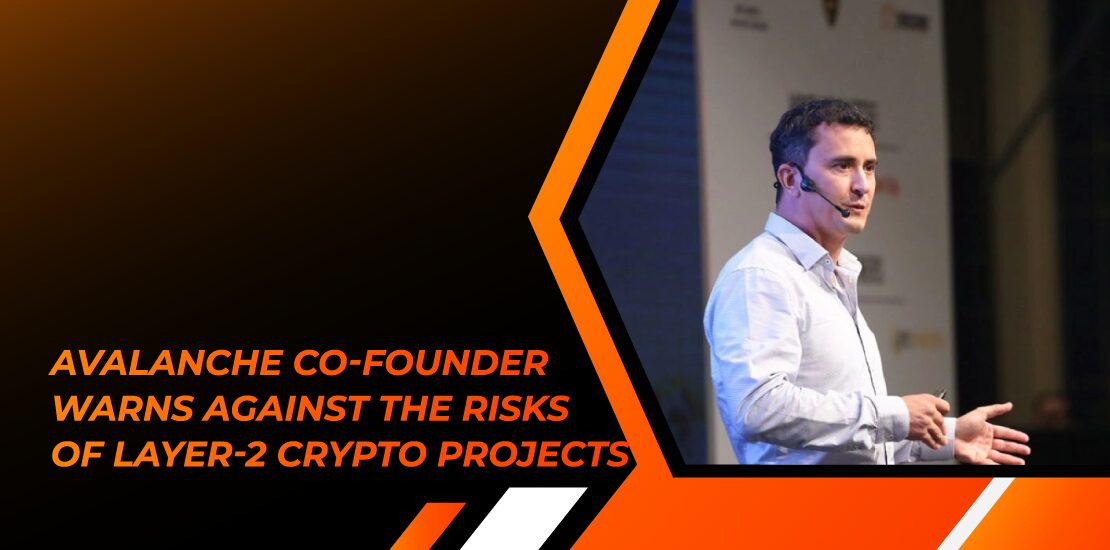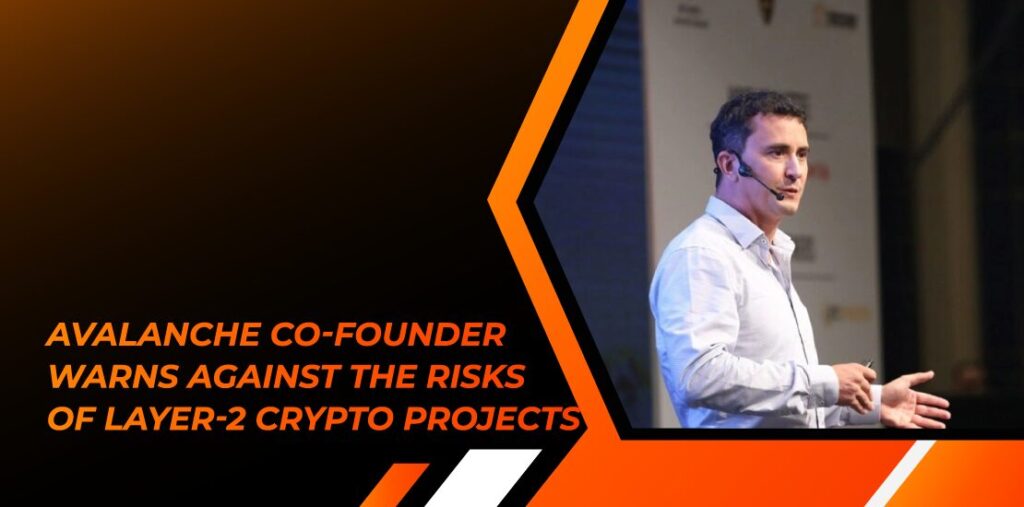- March 24, 2024
- Posted by: [email protected]
- Category:


Emin Gün Sirer, a well-known cryptocurrency figure and co-founder of the Avalanche blockchain, has issued a warning about an alarming trend that is entering certain layer-2 (L2) solutions in the crypto industry. This trend, characterized by what Sirer dubs “trash” projects, poses significant risks to investors and threatens the overall integrity of the crypto markets.
Sirer’s concerns stem from the proliferation of substandard L2 projects, which he perceives as the next major hazard in the crypto ecosystem. This apprehension is not unfounded, given past incidents like the notorious crypto exchange heist orchestrated by Sam Bankman-Fried, the former CEO of FTX. Sirer underscores the laxity in the launch procedures of many L2 solutions, providing an opening for malicious actors to create projects of dubious value.
To safeguard investor interests, Sirer has outlined several warning signs and indications of risky L2 solutions. One such red flag is the discrepancy between a project’s marketed narrative and its underlying technological capabilities. Projects that tout decentralization and security but rely on centralized sequencers and lack fraud-proof mechanisms betray a fundamental misalignment between promises and realities.
Additionally, Sirer cautions against L2 projects that prioritize token sales for fundraising purposes rather than offering tangible utility within the network. Such practices not only raise doubts about the legitimacy of the project but also heighten the risk of investor exploitation. Moreover, the pre-sale of personal native tokens by project founders before the project’s launch is flagged as a significant warning sign by Sirer.
Another concern highlighted by Sirer is the prevalence of low-float tokens within these projects, which can artificially inflate token values through manipulative tactics, echoing the strategies employed by SBF. Furthermore, Sirer emphasizes the importance of evaluating the moral conduct and habits of project founders, as any signs of personal misconduct should be considered in the due diligence process.
In addition to identifying these red flags, Sirer proposes a practical test for investors to navigate the increasingly crowded landscape of L2 projects. He suggests focusing on addressing critical challenges facing the crypto ecosystem, such as scalability, performance, and integration with traditional finance (TradFi). By evaluating a project’s ability to tackle these pressing issues, investors can better discern authentic and potentially profitable ventures amidst the sea of offerings.
The expansion of the Ethereum Layer 2 ecosystem underscores the growing importance of addressing these concerns. With total value locked (TVL) exceeding $27 billion and transaction activity on Layer 2 networks surpassing that of the Ethereum mainnet, the need for vigilance in evaluating L2 projects has never been more pressing. As market participants navigate this evolving landscape, Sirer’s warnings serve as a crucial reminder of the importance of due diligence and discernment in safeguarding investor interests and preserving the integrity of the crypto markets.



